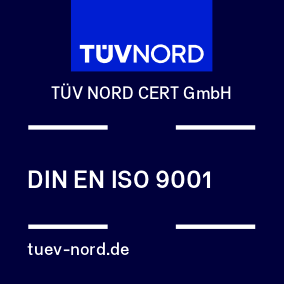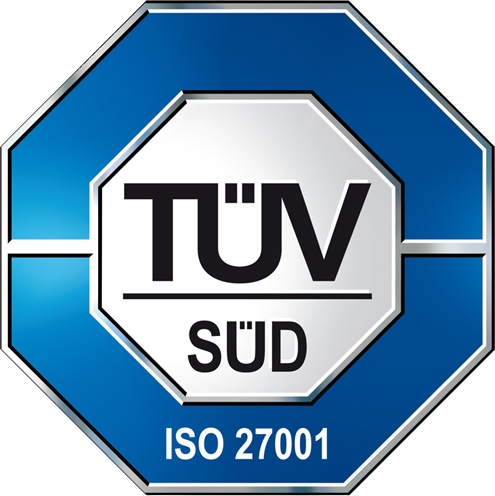Main content:
Contents
Changes after registering Austrian Trademarks
- To change the representative, the representative’s address or the trademark owner’s address, you simply need to write a letter, specifying the property right in question. The application is free of charge.
- To change the company name (without changing the legal entity), you need to write a letter, enclosing an extract from the companies register showing ‘historical data’ that documents the change. The application is subject to a charge.
- The transfer of a trademark to a new trademark owner (change of legal subject) can be requested by any party by means of an informal application (no form required). The request is subject to a fee, see fee information, which is to be multiplied by the number of trademarks affected by the transfer.
The transfer of rights would have to be proven in a suitable form:- If the transfer was effected by other means (e.g. by way of inheritance or by merger, division or transformation), proof must be provided by means of documentary evidence, e.g. by presenting a certificate of inheritance with confirmation of legal effect or extracts from the commercial register or register of companies (usually with historical data), which show the legal succession. Domestic documents may be presented uncertified and as copies; foreign documents require court or notarial certification and over-certification, depending on the country of issue, but may also be presented as copies.
- If the transfer of rights is based on a legal transaction (sale/purchase/gift, etc.), this proof can be provided by the concurring written declaration(s) of the previous applicant and the acquirer or their authorized representatives on the transfer of the trademark rights or by the submission of a transfer deed, the purchase agreement or the like, which shows the concurrence of both parties with regard to the transfer of rights. The signatures of the parties or their representatives do not need to be notarized; it is also sufficient to submit an uncertified copy of the aforementioned documents. (Note: In the case of transfers in the course of insolvency proceedings, the certificate of appointment of the insolvency administrator must be submitted and, if necessary, the court approval of the transfer must also be proven).
- You can apply to fully or partially surrender a trademark free of charge by writing a letter (no form required). The application must be signed by the trademark owner registered in the trademark register (NB: where companies are concerned, the application must be signed by an authorised signatory of the company). Any differences from entries in the trademark register must be substantiated. You cannot reinstate a trademark once it has been surrendered.
- Any party involved can apply (no form required) to register (and later cancel) a licence granted or a contractually agreed lien on a trademark. In this case, the licence agreement or the letter of lien (the original or a certified copy) must be enclosed. The signature of the licensor(s) and/or lienor(s) must be certified by a notary public to confirm its authenticity and, where companies are concerned, to confirm the (exclusive) signatory authority of the signing party. The application is subject to a charge (the fees are the same as for transfers of ownership); the fee must be multiplied by the number of trademarks affected by the granting of the licence and/or the lien. An executive lien is also registered through a judicial request; this is free of charge.
NB: A sale or the granting of a licence or lien, for example, does not have to be entered/shown in the trademark register per se in order to be legally valid. However, this is recommended for a variety of reasons, primarily to guarantee that these transactions are broadly publicised.
Changes after registering international trademarks
The registration of an international trademark can
- be limited by:
- limiting the list of goods and services, as well as
- registering a total surrender in respect of some, but not all, of the contracting parties, or
- fully or partially cancelling the international registration in respect of all contracting parties.
- be extended by:
- subsequently designating contracting parties.
Subsequent designation can be carried out either by making a direct application to WIPO to extend the protection territory (form MM 4) or by applying to the Austrian Patent Office (no form required); in this case, it is essential that all information requested on the form is provided. The protection period for the subsequent designation will expire on the same date as the protection period of the international registration.
You can use either English or French for the subsequent designation. If an application for subsequent designation is made for an international trademark that is based on a basic application, a declaration from the originating office (= Austrian Patent Office) regarding the basic trademark is required in order to confirm that the basic application has matured to registration.
In addition, you can apply to make changes to the register entry in the following cases: the trademark is transferred (wholly or partially) due to a change of owner, or the name (company name change) and/or address changes.
Please refer to the Schedule of Fees in information sheet MA 571 (parts II and III) or the WIPO website for the exact fees payable directly to WIPO for subsequent designation and for other changes to the register entry.
NB: You cannot expand the list of goods and services (which is possible for Austrian trademarks) after filing an application.
Further information

